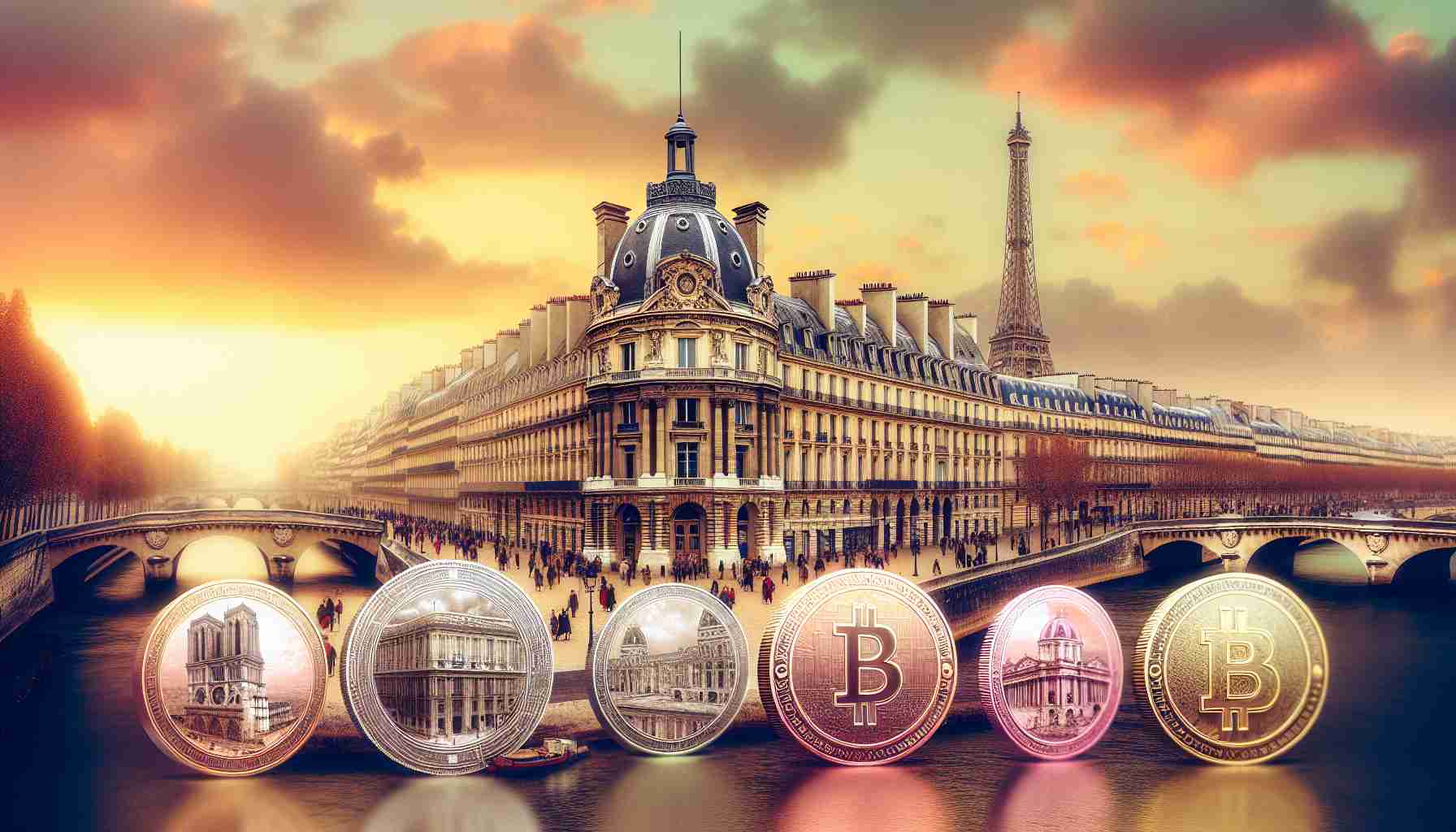Paris Match magazine takes a unique approach to preserve its iconic photos by venturing into the world of NFTs and physical prints. Each piece of history is meticulously digitized and auctioned off as an NFT on the Ethereum blockchain, creating an immersive experience for collectors and enthusiasts alike.
Embracing the digital age while honoring its traditional roots, Paris Match combines the best of both worlds by offering a dual experience – a digital representation on Ethereum and a tangible, signed print for the physical world. This innovative method not only attracts cryptocurrency enthusiasts but also caters to traditional art collectors.
Partnering with established platforms like Focus Bloc and SuperRare, Paris Match ensures a seamless transition into the world of blockchain technology. By making these historic images available for auction at accessible starting bids, the magazine aims to democratize the ownership of cultural treasures.
Through this intersection of art, technology, and history, Paris Match sets a precedent for the convergence of photography and blockchain. The blend of past and present signifies a significant evolution in how we perceive and interact with visual narratives, marking a pivotal moment in the preservation of cultural heritage.
Additional Facts:
– Paris Match magazine has been known for its groundbreaking photojournalism since its inception in 1949, capturing iconic moments in history and pop culture.
– The collaboration between Paris Match and NFT platforms like SuperRare and Focus Bloc highlights a growing trend of traditional media embracing blockchain technology for new revenue streams and audience engagement.
– The NFTs created by Paris Match not only serve as digital collectibles but also provide a new way for fans to engage with and own a piece of history.
Key Questions:
– How does the process of digitizing historical photos into NFTs affect the preservation and accessibility of cultural artifacts?
– What impact does the dual offering of NFTs and physical prints have on the art market and collector communities?
– What challenges arise in ensuring the authenticity and provenance of digital assets like NFTs, especially in the context of historical photographs?
Key Challenges and Controversies:
– Ensuring the authenticity and provenance of historical photographs turned into NFTs can be a significant challenge, as the digital space is vulnerable to issues like copyright infringement and unauthorized reproduction.
– The intersection of art and blockchain technology raises debates about the democratization of ownership and access to cultural heritage, with concerns about elitism and exclusivity in the auctioning of NFTs.
Advantages and Disadvantages:
– Advantages:
– Digitizing historical photos as NFTs opens up new revenue streams for traditional media like Paris Match.
– Offering digital and physical versions of art caters to a diverse range of collectors and enthusiasts.
– The use of blockchain technology provides a secure and transparent platform for buying, selling, and owning cultural artifacts.
– Disadvantages:
– Challenges in verifying the authenticity of digital assets and ensuring fair compensation for creators.
– Risks of market speculation and price volatility in the NFT space could impact the long-term value of these historical photo assets.
Suggested related link: Paris Match
